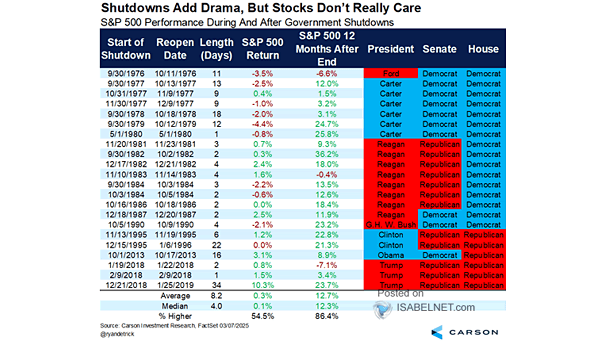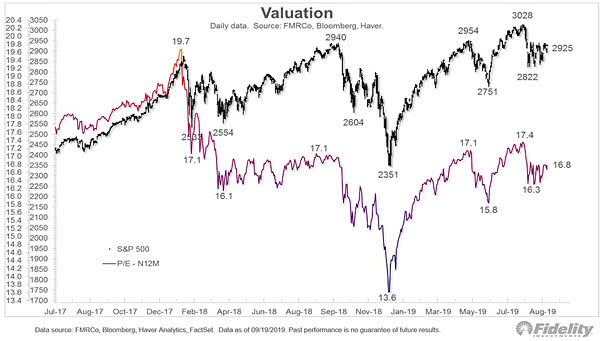S&P 500 Performance During and After Government Shutdowns
S&P 500 Performance During and After Government Shutdowns Even the longest government shutdown in U.S. history couldn’t rattle Wall Street. Stocks held firm—and historically, once Washington gets back to work, equities have gained an average of 12.7% over the next 12 months. Image: Carson Investment Research


